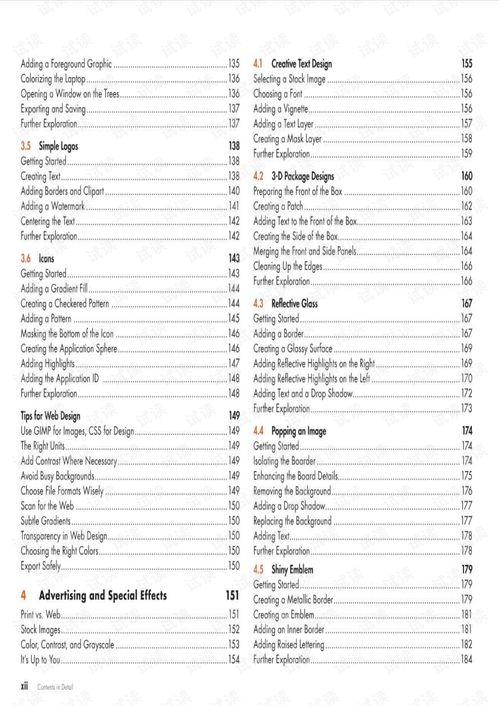Are you an avid angler looking to hone your skills and catch more sea bass? Whether you're a beginner or a seasoned fisherman, there's always room to learn new techniques that can help you land that perfect sea bass. In this comprehensive guide, we'll delve into some of the best tips and tricks for sea bass fishing, all accompanied by a helpful video tutorial. Get ready to elevate your fishing game with these essential sea bass fishing techniques.
Understanding Sea Bass Behavior
Before you cast your line, it's crucial to understand the habits and preferences of sea bass. These fish are known for their keen senses and can be quite elusive. Here's what you need to know:
Habitat: Sea bass are typically found in shallow waters, around rocks, reefs, and wrecks. They prefer areas with plenty of structure where they can hide and forage for food.
Feeding Times: Sea bass are most active during dawn and dusk. These are the best times to fish, as the fish are more likely to be feeding.
Temperature: Sea bass are warm-water fish and thrive in temperatures ranging from 50°F to 75°F (10°C to 24°C). Adjust your fishing location and tactics based on water temperature.
Essential Gear for Sea Bass Fishing
To ensure a successful sea bass fishing trip, you'll need the right gear:
Rod and Reel: A medium-heavy to heavy-duty spinning rod and reel combination is ideal for sea bass. The rod should be at least 6 to 7 feet long to handle the fish's strength.
Line: Use a monofilament line with a breaking strength of 10 to 20 pounds. This will provide enough strength to land the fish without being too heavy and spooking them.
Lures and Baits: Sea bass can be caught on a variety of lures and baits, including artificial lures like jigs, spoons, and swimbaits, as well as natural baits like mullet, sardines, and squid.
Techniques for Catching Sea Bass
Now that you have the right gear, it's time to learn the techniques:
Bottom Bouncing: This is one of the most effective methods for catching sea bass. Use a heavy sinker to get your bait close to the bottom, where the fish are likely to be. Slowly retrieve your lure or bait, allowing it to bounce along the bottom.
Jigging: Jigging is a great technique for triggering strikes from sea bass. Move your lure in short, quick bursts to mimic the movements of a struggling fish or prey.

Live Bait Fishing: Live bait can be incredibly effective for sea bass. Use a rod and reel setup and allow the bait to swim naturally. Keep the line tight enough to feel any bites, but not so tight that you lose the natural movement of the bait.
Surface Fishing: On calm days, try casting lures or baits near the surface. Sea bass can be found feeding near the top, especially in shallow waters.
Advanced Tips for Sea Bass Fishing
Here are some additional tips to help you catch more sea bass:
Scout Your Spot: Before you start fishing, take some time to explore the area. Look for signs of fish, such as bait schools or disturbed sand, which can indicate the presence of sea bass.
Adjust Your Tactic: If you're not having luck with one technique, don't be afraid to switch things up. Try different lures, baits, or depths until you find what works.
Be Patient: Sea bass can be unpredictable. Stay patient and be prepared to wait for the perfect bite.
Practice Good Etiquette: Always respect the environment and other anglers. Follow local fishing regulations and practice catch-and-release if possible.
Video Tutorial: Pro Tips and Techniques for Sea Bass Fishing
To help you visualize and understand these techniques better, we've put together a video tutorial that walks you through each step. From setting up your gear to applying the fishing techniques, this video will serve as a valuable resource for any angler looking to improve their sea bass fishing skills.
[Insert Video Tutorial Here]
By following these tips and techniques, you'll be well on your way to becoming a sea bass fishing pro. Remember, the key to success is patience, practice, and a willingness to adapt. Happy fishing!












